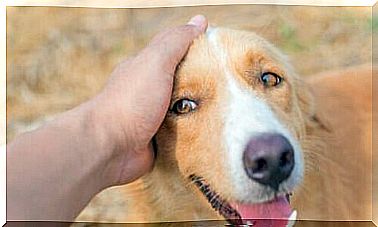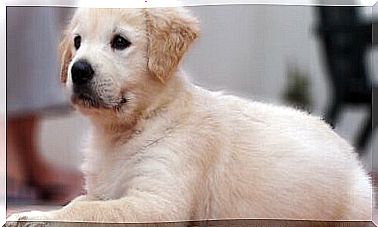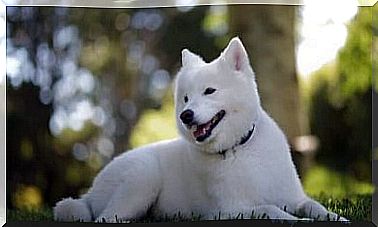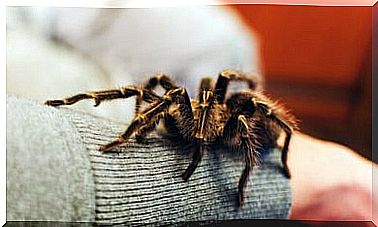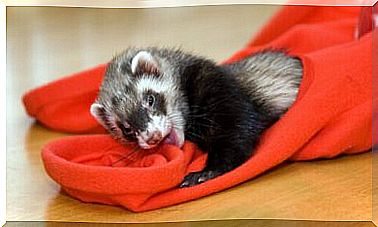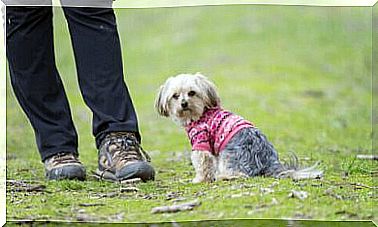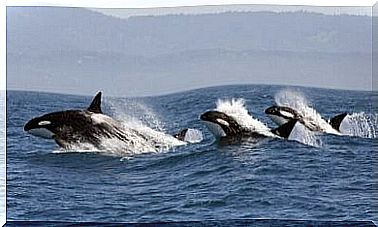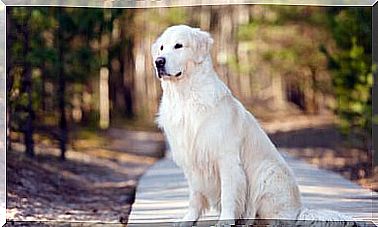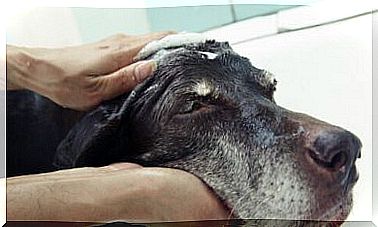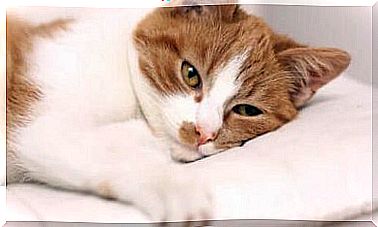What Is Canine Puerperium?
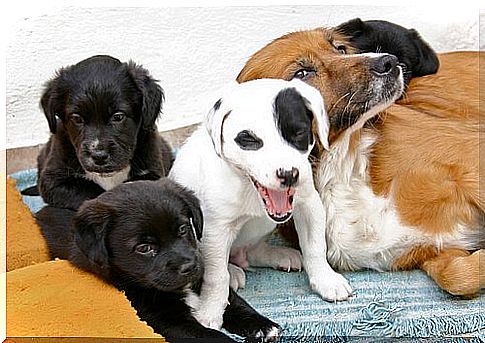
Canine puerperium is the time immediately after the bitch gives birth. It is, therefore, the time that the animal’s body needs to reorganize its organs and hormones.
Although there is a lot of instinct in the birth of an animal, helping the bitch allows the experience to be faster and, it is worth noting that, in addition, it helps in a better recovery.
It is very common that after giving birth all the attention is paid to the litter, due to the emotion of seeing the puppies. However, you must not forget the bitch and the care she needs to take care of her offspring. The calmer and healthier the mother is, the better the pups will be.
Basic care during canine puerperium
Hygiene
For starters, it is essential that, immediately after giving birth, the bitch is thoroughly cleaned, as well as the place where she gave birth to her litter.
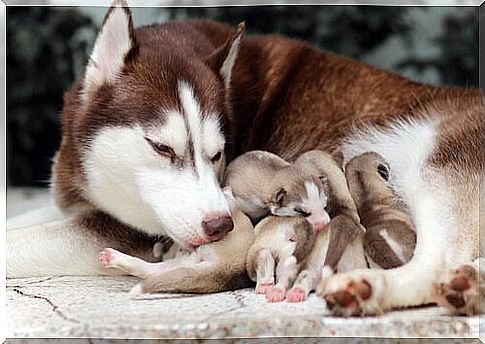
With a warm, damp cloth, wipe the animal’s face and body. Next, the blankets she gave birth to should be discarded, and blood, placenta and other waste products, such as feces and urine, should also be discarded.
In this sense, hygiene reduces the risk of infections in both mother and offspring. For example, coccidiosis, which is a disease generated by a parasite that reproduces in the feces of animals.
Contact with fecal material transmits coccidiosis, a very common disease in puppies. The risks of this infection are reduced by cleaning the space where the litter is born.
The health
In canine puerperium, the mother is exposed to many infections. Therefore, it is important to monitor your health through your state of mind.
It is normal that at first the animal is tired and sleepy, and that it may even sleep more than usual. Although with some discomfort, after each nap, the female should be active and in a good mood, but if the opposite happens, it could be the product of an infection, or something that is not right with her hormones.
Another sign of infection may be the presence of fever. Some of the symptoms of fever are hot, dry nose, watery eyes, lethargy, lack of appetite, tremors, in which case you should go to the vet immediately.
The feeding
In the puerperium, good dog nutrition is essential, and this is not only due to the provision of a balanced diet, but also complete and well-distributed servings. Females that have recently given birth eat only three to four times a day, an amount that can be prolonged for up to three weeks after giving birth.
A good food option is kibble, because it is rich in protein and carbohydrates. Hydration is also important during this period, as water helps in the production of breast milk.
Breast-feeding
The bitches’ breasts need to be monitored during the puerperium. It is not enough just to make sure they produce milk, but also to take care of any possible mastitis or eclampsia.
It is worth noting that any infection in the mother contaminates breast milk. This, in turn, can end up intoxicating the puppies.
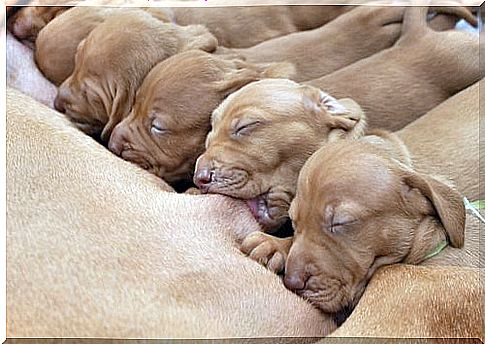
medical control
After giving birth, the bitch must go to the veterinarian and the specialist will check the animal’s health status. You will have to make sure that all the pups are expelled from the mother’s womb, as well as the placenta, to avoid metritis.
Other factors to consider during canine puerperium
There are other factors that are important to monitor during the dog’s postpartum recovery:
postpartum lochia
During the 15 days after giving birth it is normal for the dog to discard fluids known as lochia. These are the result of the detachment of the film covering the dog’s uterus. Lochia should be odorless, greenish brown or blood red, their normal colors.
If fluids have a nauseating odor or other unpleasant appearance, you should see your specialist immediately. The same will be necessary if this extends for more than 20 days.
Attention to the puppies
It is important to know that it is essential to be aware of the mother cleaning her puppies after giving birth, as this will help them to breathe well.
If the mother does not lick the baby, the newborn’s face and snout should be cleaned with a damp cloth. Also, a heat source should be provided to activate the puppies’ bodies.
